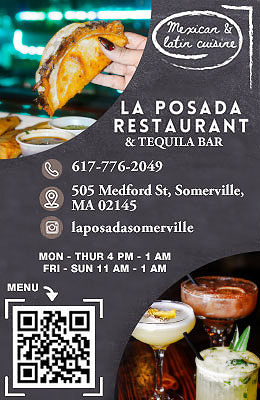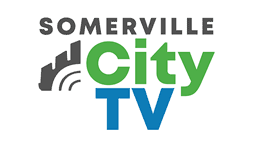
By William C. Shelton
(The opinions and views expressed in the commentaries of The Somerville Times belong solely to the authors of those commentaries and do not reflect the views or opinions of The Somerville Times, its staff or publishers)
And nothing I cared, at my sky blue trades, that time allows
In all his tuneful turning so few and such morning songs
Before the children green and golden
Follow him out of grace.
—Dylan Thomas
In the 1950s, Somerville was the most densely populated city in the U.S. It may surprise those who grew up later and elsewhere that it was also one of America’s best places to live.
An industrial economy driven by 163 manufacturing businesses provided full employment. Modest taxes paid for decent city services. Trolleys provided clean, convenient, and efficient transportation. Each neighborhood’s square was a center of commercial and social activity.
If you were a kid, there were, at any time, twenty or thirty playmates within a block or two. But you couldn’t go anywhere in the neighborhood and smoke or cuss, or someone would tell your parents. Volunteers organized dozens of youth activities. If a kid got out of hand, any adult who was nearby would provide avuncular guidance.
Rich networks of extended families, neighborhoods, churches, unions, fraternal organizations, youth sports leagues, benevolent associations, political party clubs, and civic organizations intertwined to weave a strong and resilient fabric of community. Each provided a different way for people to know each other.
These networks were, simultaneously, a medium for dealing with the conflicts that are inevitable when people live together. The understanding of each other that they enabled neighbors to have, reduced the intensity of such conflict.
When Italian families had begun to move into Somerville earlier in the century, many of the incumbent Irish greeted them with suspicion and, often, discrimination. Through Somerville’s rich organizational life, people began to know and understand each other.
To the next generation, members of the opposite ethnicity and the opposite sex were exotically attractive. Forming relationships with them was both exciting, and a way to distinguish yourself from your parents. By the 1950s, babies were being born with names like Salvatore O’Hanrahan, or Bridget Mancini.
Somerville’s strong sense of community was rare in American society; its benefits, many. It provided real security. When neighbors knew and trusted each other, residential streets were not so much anonymous public spaces belonging to no one, but familiar personal territory. Neighbors inquired when someone whom they didn’t recognize attempted to enter a neighbor’s home. They intervened when someone was being harassed on their street, because the street belonged to them.
In community, people were interdependent, and relationships grew and adapted until they created a place for everyone. People were known for who they were rather than by their labels. One neighbor, for example, might be a drunk, but he was also a great mechanic. The community didn’t need his drunkenness, but figured out how to use his mechanical skills, and his primary identity was not “the drunk who lives down the street.”
Because institutions have rigid roles and set procedures, they don’t have the capacity to care. But communities find creative and flexible solutions to problems, and they often do so quickly. When an individual had lost a job, or a loved one, or their mind, the community often provided immediate help and comfort.
Closure of the Ford assembly plant in 1958 signaled a coming wave of change. Over the next two decades, the number of Somerville’s factories dropped to a few dozen. Today, 80% of us who have jobs leave the city each day to work.
The push of job loss and the pull of suburbia’s lure reduced Somerville’s population by a net 36,000 between 1950 and 1970. The rich organizational fabric that provided the framework for community unraveled. Without the mutual care and spontaneous problem solving provided by community, the need and cost for city services increased. Today, Somerville’s level of volunteerism and sense of community remain somewhat higher than most towns, but much has been lost.
It was not obvious to someone growing up here in the 1950s just how rich and rare was Somerville’s fabric of community. Or, that forces were already at work that would unravel it.
Grief and anger are natural and even healthy responses to loss. Given the magnitude of Somerville’s loss, some old timers’ complaints about “yuppies” who don’t care about their community are a rather a gentle response, don’t you think?















Reader Comments